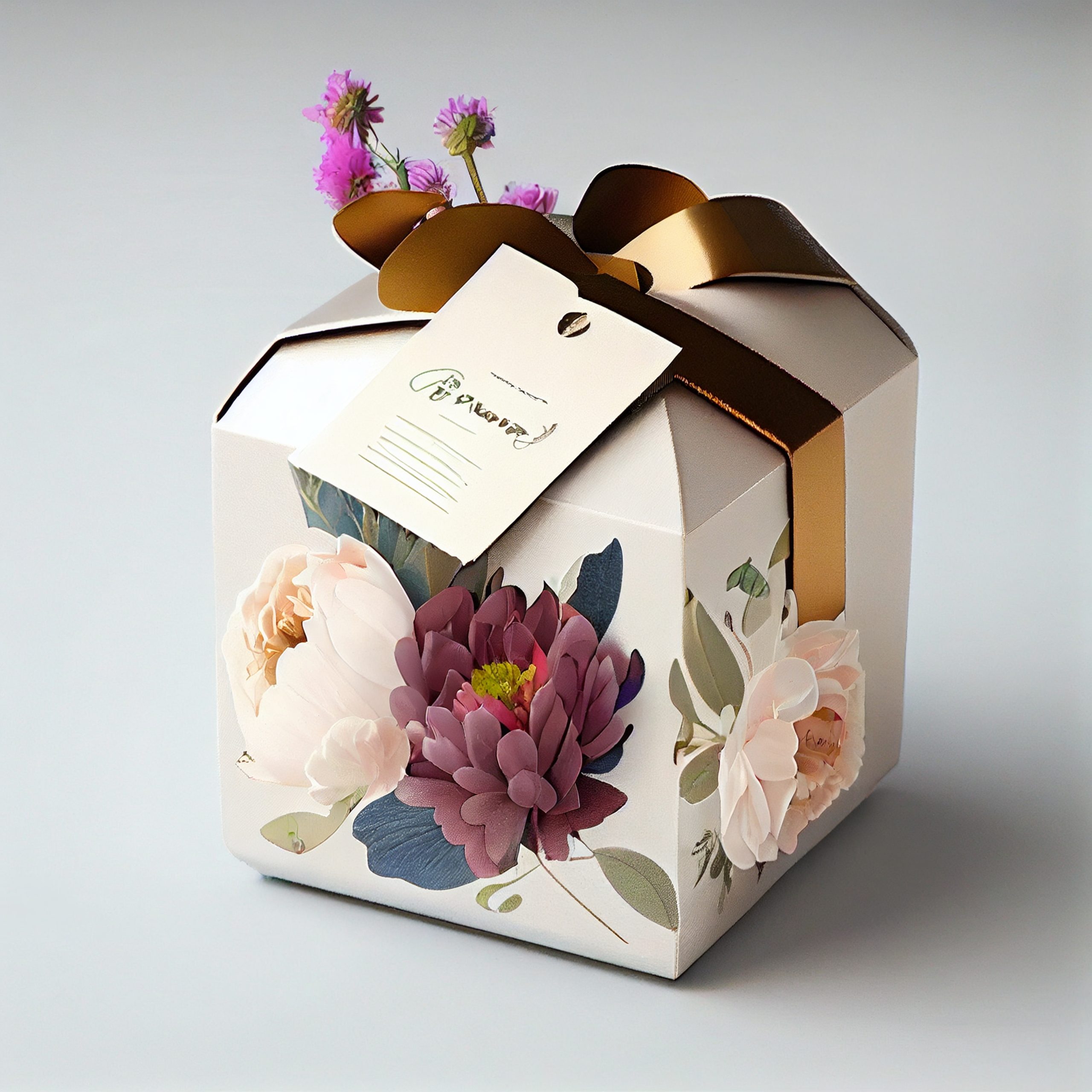Creating packaging and label designs that stand out in a competitive marketplace requires a thoughtful and strategic approach. In this blog, we will explore the art of packaging and label design and provide you with strategies for achieving success in this dynamic field.
1. Define Your Brand Identity
Your packaging and label design should be a reflection of your brand identity. Before you start the design process, have a clear understanding of your brand’s values, personality, and target audience. Consistency in design helps build brand recognition.
2. Know Your Target Audience
Understanding your target audience is crucial. Conduct market research to identify their preferences, purchasing behaviors, and pain points. Tailor your design to resonate with your ideal customers.
3. Stand Out from the Competition
Study your competitors’ packaging and label designs to identify opportunities to stand out. Your design should be distinctive and memorable in a crowded market. Highlight what makes your product unique.
4. Prioritize Clarity and Legibility
Your packaging and label must provide essential information such as ingredients, usage instructions, and nutritional facts. Ensure that the text is legible and clear, using fonts that align with your brand’s identity.
5. Embrace Storytelling
Effective packaging design tells a story. Share the product’s origin, history, or what sets it apart. Storytelling creates an emotional connection between consumers and your product.
6. Leverage Color Psychology
Colors have a profound impact on human psychology. Different colors evoke various emotions and associations. Choose a color scheme that aligns with your brand and resonates with your target audience.
7. Eco-Friendly and Sustainable Design
Incorporate eco-friendly materials and design principles. Sustainability is a growing concern among consumers, and adopting eco-conscious practices can be a unique selling point.
8. Ensure Regulatory Compliance
Compliance with legal and regulatory requirements is non-negotiable, especially for industries like food and pharmaceuticals. Your labels should adhere to size, font, and placement regulations and include all necessary information.
9. Focus on Usability
Consider how consumers will interact with your product. Packaging should be easy to open and reseal, while labels should provide relevant information at a glance. Usability enhances the overall consumer experience.
10. Keep an Eye on Emerging Trends
Stay updated on emerging trends and technologies in the packaging and label design field. Innovations like QR codes for interactivity, augmented reality experiences, or new sustainable materials can provide a competitive edge.
11. Iterate and Test
Design is an ongoing process. Regularly evaluate your packaging and label designs, gather feedback, and be open to making adjustments to stay relevant and competitive.
12. Collaboration and Quality Control
Collaborate with production teams to ensure that the design can be executed efficiently. Quality control is vital to avoid issues like mislabeling or misbranding that can damage your brand’s reputation.
In conclusion, the art of packaging and label design is a blend of creativity and strategy. It involves understanding your brand, knowing your audience, and standing out in the market while meeting legal requirements. By embracing these strategies, you can create designs that not only attract consumers but also convey your brand’s identity and values effectively.

